Computer science defines the algorithm as a step-by-step instructional procedure for transforming an input into an output independently of data and in the fewest possible steps. But as the French mathematician Jean-Luc Chabert has pointed out, similar procedures have existed since the most ancient times, representing a way of thinking and problem solving that is not exclusive to the computer sciences, but is part of the cultural techniques of all human civilisations:
This text, written by a professor of Media Philosophy at the University of Karlsruhe, Germany, and research group coordinator into Artificial Intelligence, traces the history of algorithmic processes and shows that its history started well before the so-called Information Age. The writer discusses binary codes, algorithms, and digital calculus among other areas and concepts that have now become familiar to many people, despite the fact that only a few understand what they represent and mean.
Algorithms have been around since the beginning of time and existed well before a special word had been coined to describe them. Algorithms are simply a set of step by step instructions, to be carried out quite mechanically, so as to achieve some desired result […]. The Babylonians used them for deciding points of law, Latin teachers used them to get the grammar right, and they have been used in all cultures for predicting the future, for deciding medical treatment, or for preparing food. Everybody today uses algorithms of one sort or another, often unconsciously, when following a recipe, using a knitting pattern or operating household gadgets.1
In other words, before its logical form was codified and mechanised as part of the information revolution, the algorithm – or more precisely algorithmic practices and thought processes – already existed. How did algorithms come to be automated and transformed into abstractions that are now completely incomprehensible to us?
This very brief essay proposes that the algorithm and the number have a joint history. It will show how these two notions have always been implicitly connected and how algorithmic practices are probably even older than mathematics itself. Specifically, the evolution of the idea of the algorithm will be reconstructed in relation to numeral systems from the medieval period to the present day, beginning with a linguistic coincidence that indicates deeper historical processes. Just as the medieval term algorismus signalled the passage from an additive (Roman) numeral system to a positional (Indo-Arabic) system, the contemporary term algorithm signalled the passage from a decimal system to a binary one. This happened not only for cultural and technological reasons, but also for fundamentally economic reasons, marking two transitions: in the first, from medieval society to commercial capitalism, and in the second, from industrial capitalism to the information society.
ALGORISMS AND MANUAL CALCULATION
In medieval Latin, the term algorismus referred to the manual procedure for calculating with Indo-Arabic positional numbers, which had arrived from the Middle East and were gradually supplanting Roman additive numbers. Positional numbers define quantities in progressive powers of ten, while additive numbers do so simply by adding numbers, one next to the other (for example, the Indo-Arabic number ‘233’ is equivalent to the Roman ‘CCXXXIII’). As we know, Roman numbers are useful for dates and lists, but are a headache when it comes to simple mathematical operations, especially division. In the medieval period, Roman numbers were counted with an abacus, while with Indo-Arabic numbers, operations could be performed with pen and paper, following the new algorisms. The Italian merchant and mathematician Leonardo Fibonacci helped to introduce the Indo-Arabic system into Europe with his Liber Abaci of 1202, although this did not use the term algorismus but described the technique as modus indorum. The term algorismus appears in the 1240 poem Carmen de Algorismo by Alexandre de Villedieu, a manual for memorising the new calculation methods, composed in rhyming verses. A book printed in Venice in 1501, attributed to the thirteenth century monk Johannes de Sacrobosco, has the rather more aspirational title Algorismus Domini and uses diagrams to explain the new method of calculation with positional numbers.
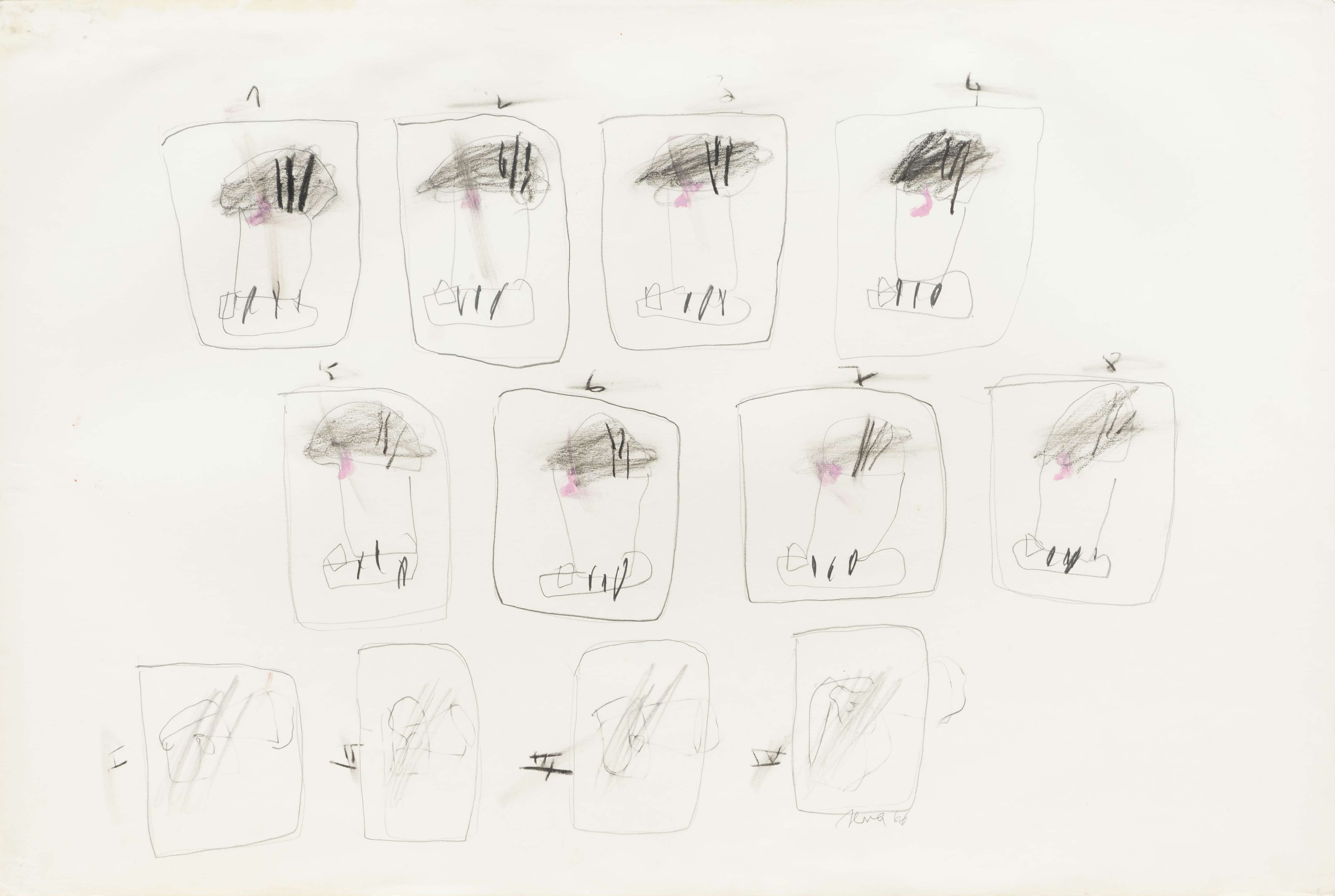
António Sena, Untitled, 1966 © Photo: João Neves

António Sena, Untitled, 1966 © Photo: João Neves
"The evolution of the idea of the algorithm will be reconstructed in relation to numeral systems from the medieval period to the present day."
It has only recently been established that the medieval term algorismus is a Latinisation of the name of the Persian scholar Muhammad ibn Musa al-Khwarizmi, a librarian from the House of Wisdom in Baghdad and author of a book on calculating with Indian numerals, written in about 825. Al-Khwarizmi’s original manuscript in Arabic is lost, but from the twelfth century there were at least four Latin translations in circulation with different titles: one manuscript held by Cambridge University has the incipit ‘DIXIT algorizmi’ (‘so said Al- ‑Khwarizmi’), which the Italian mathematician Baldassarre Boncompagni translated as Algoritmi de numero Indorum in 1857.
[...]
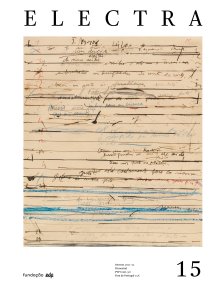
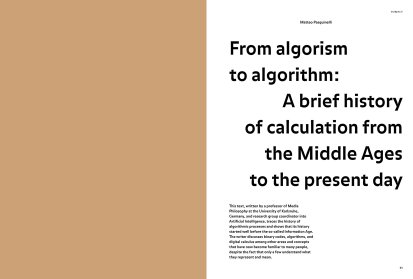
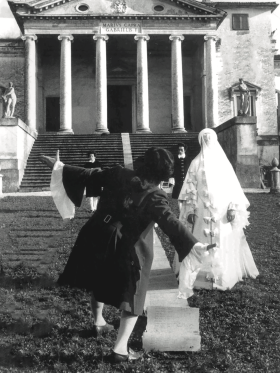

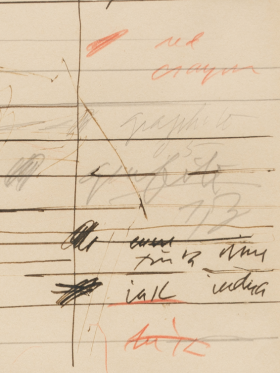
Share article